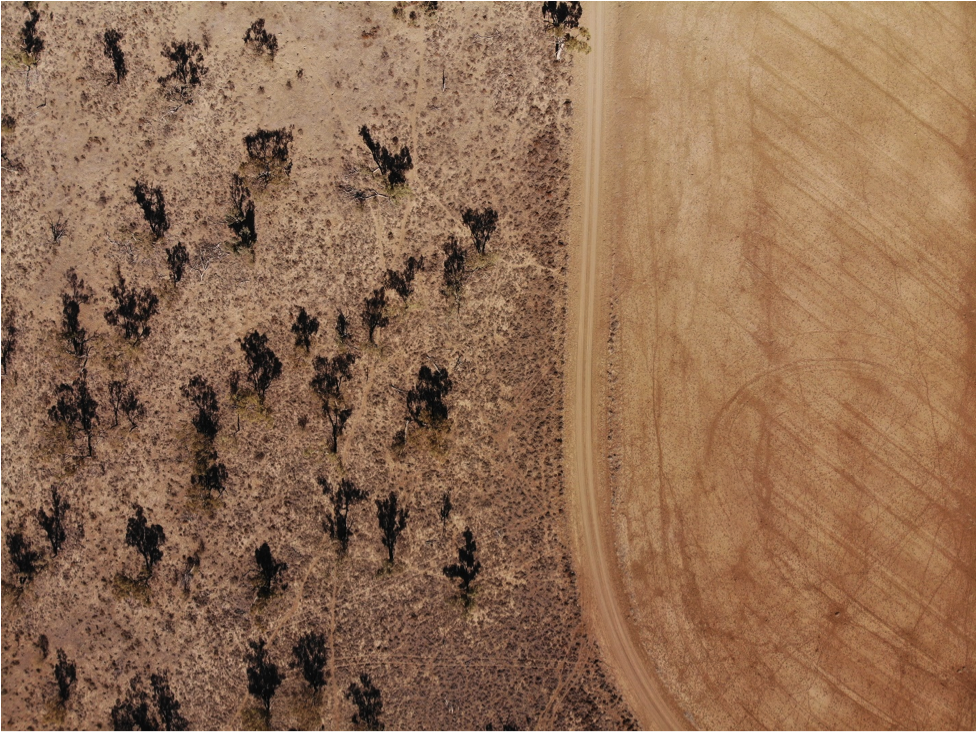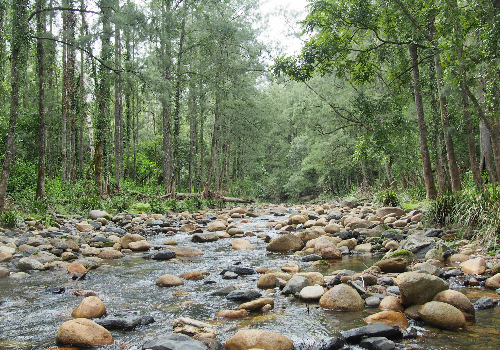The low down on the Biodiversity Offset Scheme - commencing 26 November
Thursday, 22 November, 2018

Author: Martin Sullivan, Principal Ecologist
The Biodiversity Offset Scheme is about to commence in the Lower Hunter, Central Coast, Coffs Harbour and West Dapto Urban Release Area.
What does it mean for you?
From Monday 26 November 2018 any local development in the Lower Hunter, Central Coast, Coffs Harbour and West Dapto Urban Release Area will be subject to the new Biodiversity Offset Scheme.
This means you will be required to determine if your development requires detailed assessment through the new Biodiversity Assessment Methodology (BAM) and whether the Biodiversity Offset Scheme applies. As advised in my previous article here, there are three different ways that you project can trigger the Biodiversity Offset Scheme.
The Biodiversity Offset Scheme has applied to all other areas of NSW, and for Major Projects for 18 months. What have we learned and what is our experience to date?
All development having biodiversity impacts, even to common and non-threatened vegetation types, will now require potentially substantial offsets. This places biodiversity offsets front and centre in the assessment of project viability and highlights the importance of avoiding and minimising impacts to reduce your offset liability.
The Biodiversity Offset Scheme was designed to ‘simplify assessment’, however experience has shown that the new Biodiversity Assessment Method is highly complex, much more so than the former BioBanking Assessment Methodology. It is underpinned by a range of technical datasets including benchmarks against which all data collected on your site are measured. While offset liability is now measured in ‘credits’, the total equivalent amount of land that you will be required to purchase to offset the impacts of your project depends heavily on the condition of vegetation and habitat at your development site.
Once your development is assessed, you will be required to purchase a certain number and type of ‘credits’. You can do this in one of four ways:
- Establish your own Biodiversity Stewardship Site and retire credits
- Purchase and retire credits from the market
- Make a payment into the Biodiversity Conservation Fund
- Fund conservation actions (in limited circumstances)
While the number of credits you are required to purchase to clear a hectare of vegetation is broadly similar to the former Biodiversity Banking and Offsets Scheme (BioBanking), the number of credits you can create on a Biodiversity Stewardship Site (offset site) varies significantly based on actual site condition. Experience has shown that offset ratios under the Biodiversity Offset Scheme are regularly as high as 10 hectares conserved for every one hectare impacted (10:1). This is well above the typical offset ratios under all former offset schemes in NSW. This means that not only are offsets required where they may not have previously been, but they may also be substantial and add significant costs to projects and potentially affect viability.
On the upside, this means that the principle objective of achieving ‘better environmental outcomes’ is well on track. Significant requirements for offsetting will drive avoidance and minimisation of impacts to highly sensitive biodiversity values due to cost. It also creates opportunities for landholders to create additional revenue streams through the supply of biodiversity credits to the market. The market will set the price on biodiversity, and we are likely to reach a point in the near future where for some biodiversity values at least, it will be better to invest in biodiversity than impact it.
While making a ‘one off’ payment into the Biodiversity Conservation Fund may seem like the easy solution to acquit your offset liability, there are a number of important considerations:
- The pricing model is updated quarterly based on actual credit sales (prices will change, driven by supply, demand and other factors)
- You cannot acquit your liability until your project has been approved (there is no guarantee the price today will be the same tomorrow)
- Ecosystem and species credits are priced separately (even though they may be found at the same location)
For developments with low credit liability, payment into the Biodiversity Conservation Fund is likely to be a quick and easy way to get on with business. For larger, more complex projects with lots of biodiversity values, paying into the fund may cost your project twice as much as establishing your own Biodiversity Stewardship Site.

What about the credit market? At the time of writing, no Biodiversity Stewardship Sites have been registered (to my knowledge), which technically means there is no supply. While the NSW Government has advised that existing BioBanking Credits can be converted to the new Biodiversity Offset Scheme credits, to my knowledge this has not yet happened, and in any case once converted, the number of credits available is likely to be much lower.
Importantly the Biodiversity Assessment Method only considers threatened species, populations and communities listed under the NSW Biodiversity Conservation Act 2016. Consideration of Matters of National Environmental Significance (MNES) under the Commonwealth Environment Protection and Biodiversity Conservation Act 1999 (EPBC Act) is still required. While the Commonwealth Government has published a ‘notice of intent’ to develop a new Bilateral Agreement with the NSW Government, it is not clear when this will be finalised. Based on previous experience, it is highly likely that much of the flexibility permitted in NSW will not be allowed for Matters of National Environmental Significance, potentially removing the ability to use the Biodiversity Conservation Fund to acquit your development’s offset liability. Depending on the biodiversity values of your development site, this may require separate assessment documentation, and potentially additional offsets depending on the significance of impacts.
Another important and largely untested component of the Biodiversity Offset Scheme is the introduction of ‘Serious and Irreversible Impacts’ (SAII). This is a new concept where for local development, Council cannot approve a project if a Serious and Irreversible Impact is likely to occur. Approximately 30% of all threatened species, populations and communities are currently nominated in this category. Thresholds for impacts against these values can be set by the State Government, however still less than 10% have been set which implies that, on face value, any impact may result in development refusal.
In practice, through avoidance and minimisation, some impacts to nominated biodiversity values may not be considered ‘Serious and Irreversible Impact’, however the final say rests with Council and precedents have not yet been set. The final outcome will depend on detailed consideration of impacts to the particular biodiversity value involved, and the Council you are dealing with. This can create large uncertainty for your project. You are well advised to consult early with Council and seek to avoid and minimise impacts on ‘Serious and Irreversible Impact’ values as far as practicable.
How do you deal with all this complexity?
Despite the best intentions to simplify the process, biodiversity reforms in NSW have introduced extra complexity, particularly with numerous extensions to former planning provisions (which largely end on Monday). So how can we help?
- Talk to us early in the scoping of your project. We have 15 Accredited Assessors who are trained in the Biodiversity Assessment Method, can help you navigate its complexity and provide you with expert advice
- Consider the likely costs of offsets as part of project feasibility assessment
- Communicate with your local Council early and gain written advice on the agreed approach
- Understand which ‘Serious and Irreversible Impacts’ values apply to your project and seek to avoid, minimise and mitigate any impacts as far as practicable
- Consider how Matters of National Environmental Significance may be impacted by your project, and the effect this will have on likely offset liability
- Consider the range of offset options to find the lowest cost.
